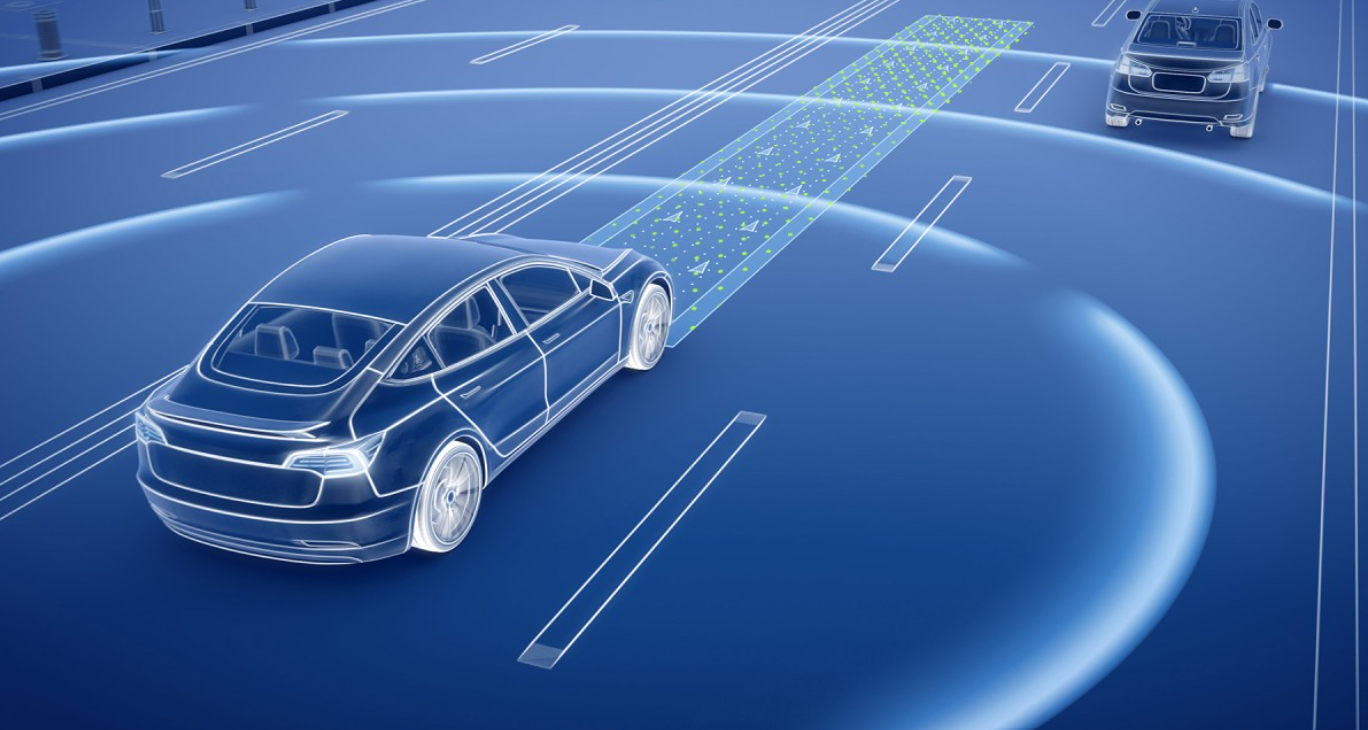Advanced Driver Assistance Systems (ADAS): Revolutionizing Automotive Safety and Convenience
In recent years, Advanced Driver Assistance Systems (ADAS) have transformed the automotive industry, enhancing vehicle safety, efficiency, and convenience. These systems leverage advanced technologies such as sensors, cameras, radar, and artificial intelligence to assist drivers in various driving tasks, significantly reducing the risk of accidents and improving the overall driving experience.
This comprehensive article focuses on the aspects of ADAS, its key features, benefits, and the major vehicle manufacturers incorporating these systems into their vehicles.
Understanding ADAS
Advanced Driver Assistance Systems (ADAS) are electronic systems designed to assist drivers in performing driving tasks more safely and effectively. ADAS can either provide warnings to the driver or take automatic action in response to a detected issue. These systems are categorized into three main types: warning systems, control systems, and automation systems.
1. Warning Systems: These systems alert the driver to potential hazards or issues. Examples include lane departure warning, forward collision warning, and blind-spot detection.
2. Control Systems: These systems actively control certain aspects of the vehicle to improve safety and performance. Examples include adaptive cruise control, lane-keeping assist, and automatic emergency braking.
3. Automation Systems: These systems involve more advanced automation, such as self-parking and semi-autonomous driving features.
Key Features of ADAS
ADAS encompasses a wide range of features, each designed to address specific aspects of driving safety and convenience. Here are some of the most common and impactful ADAS features:
1. Adaptive Cruise Control (ACC): Adaptive Cruise Control maintains a set speed while automatically adjusting the vehicle’s speed to maintain a safe distance from the vehicle ahead. This system uses radar and sensors to detect the distance and speed of the car in front.
2. Lane Keeping Assist (LKA) and Lane Departure Warning (LDW): Lane Keeping Assist helps keep the vehicle within its lane by gently steering the vehicle if it begins to drift out of the lane. Lane Departure Warning alerts the driver if the vehicle unintentionally departs from its lane without signaling.
3. Automatic Emergency Braking (AEB): AEB detects an imminent collision with another vehicle, pedestrian, or object and automatically applies the brakes if the driver does not take action in time to avoid or mitigate the collision.
4. Blind-Spot Detection (BSD) and Rear Cross-Traffic Alert (RCTA): Blind-Spot Detection monitors the vehicle’s blind spots and alerts the driver if another vehicle is detected. Rear Cross-Traffic Alert warns the driver of approaching vehicles from the sides when reversing out of a parking space.
5. Traffic Sign Recognition (TSR): TSR uses cameras to detect and recognize road signs such as speed limits, stop signs, and no-entry signs, providing this information to the driver to ensure compliance with road regulations.
6. Parking Assistance Systems: These systems include features such as rearview cameras, parking sensors, and self-parking capabilities, which assist drivers in parking maneuvers, making parking safer and more convenient.
7. Driver Monitoring Systems: These systems use cameras and sensors to monitor the driver’s attention and alertness. If the system detects signs of driver fatigue or distraction, it provides warnings to encourage the driver to take a break.
Benefits of ADAS
The implementation of ADAS in vehicles offers numerous benefits, significantly enhancing safety, comfort, and efficiency. Key benefits include:
1. Enhanced Safety: ADAS reduces the likelihood of accidents by providing timely warnings and taking automatic actions to prevent collisions. Features such as AEB and LKA have been shown to decrease the frequency and severity of accidents.
2. Reduced Driver Fatigue: By automating certain driving tasks and providing assistance in challenging situations, ADAS helps reduce driver fatigue and stress, especially during long journeys or in heavy traffic.
3. Improved Traffic Flow: Systems like adaptive cruise control and traffic sign recognition contribute to smoother traffic flow by optimizing vehicle speed and maintaining safe distances between vehicles, reducing congestion and improving overall traffic efficiency.
4. Increased Convenience: Parking assistance, blind-spot detection, and other convenience features make driving easier and more enjoyable, particularly in urban environments where parking and maneuvering can be challenging.
Vehicle Manufacturers Incorporating ADAS
Many leading vehicle manufacturers have integrated ADAS into their models, offering a range of advanced safety and convenience features across different vehicle segments. Here are some of the key manufacturers:
1. Tesla: Tesla’s Autopilot system includes features like adaptive cruise control, lane-keeping assist, automatic lane change, and self-parking. The Full Self-Driving (FSD) package adds more advanced capabilities like automatic driving on highways and city streets.
2. BMW: BMW’s Driving Assistance Professional package includes adaptive cruise control, lane-keeping assist, automatic emergency braking, and traffic jam assist, which provides semi-autonomous driving capabilities in heavy traffic.
3. Mercedes-Benz: Mercedes-Benz offers the Intelligent Drive system, which includes adaptive cruise control, lane-keeping assist, blind-spot detection, and Pre-Safe Plus, a system that prepares the vehicle and occupants for an imminent collision.
4. Audi: Audi’s suite of ADAS features, known as Audi Pre Sense, includes adaptive cruise control, lane-keeping assist, traffic sign recognition, and intersection assist, which helps navigate complex intersections safely.
5. Volvo: Volvo’s Pilot Assist system provides adaptive cruise control, lane-keeping assist, and automatic emergency braking. Volvo is known for its commitment to safety and has incorporated numerous ADAS features across its lineup.
6. Toyota: Toyota Safety Sense includes features like adaptive cruise control, lane departure alert, automatic high beams, and pre-collision systems with pedestrian detection, enhancing safety and convenience.
7. Ford: Ford’s Co-Pilot360 suite offers adaptive cruise control, lane-keeping assist, blind-spot information system, and pre-collision assist with automatic emergency braking.
8. Honda: Honda Sensing includes adaptive cruise control, lane-keeping assist, road departure mitigation, and collision mitigation braking system, providing comprehensive driver assistance.
9. Hyundai: Hyundai’s SmartSense suite includes features like forward collision-avoidance assist, lane-keeping assist, smart cruise control, and driver attention warning, enhancing safety and convenience.
10. General Motors: GM’s Super Cruise offers hands-free driving on compatible highways, along with adaptive cruise control, lane-keeping assist, and automatic emergency braking.
Conclusion
Advanced Driver Assistance Systems (ADAS) are revolutionizing the automotive industry by enhancing vehicle safety, efficiency, and convenience. With features like adaptive cruise control, lane-keeping assist, automatic emergency braking, and more, ADAS helps prevent accidents, reduce driver fatigue, and improve the overall driving experience. As leading vehicle manufacturers continue to integrate these systems into their models, ADAS will play a crucial role in shaping the future of transportation, paving the way for increasingly autonomous vehicles and safer roads for everyone.



